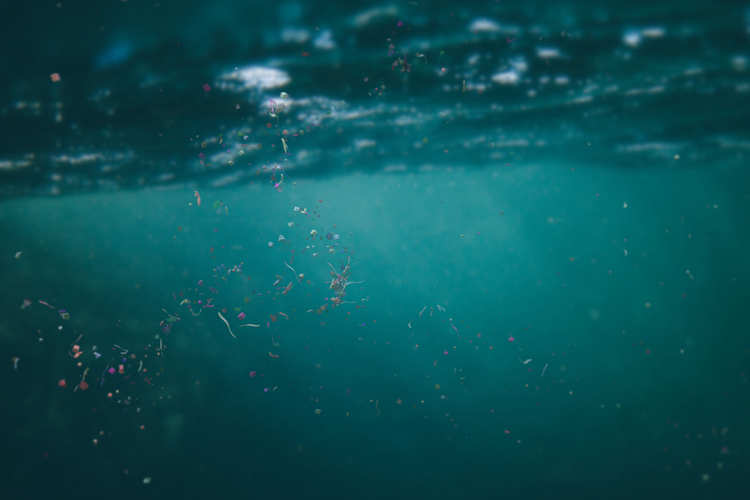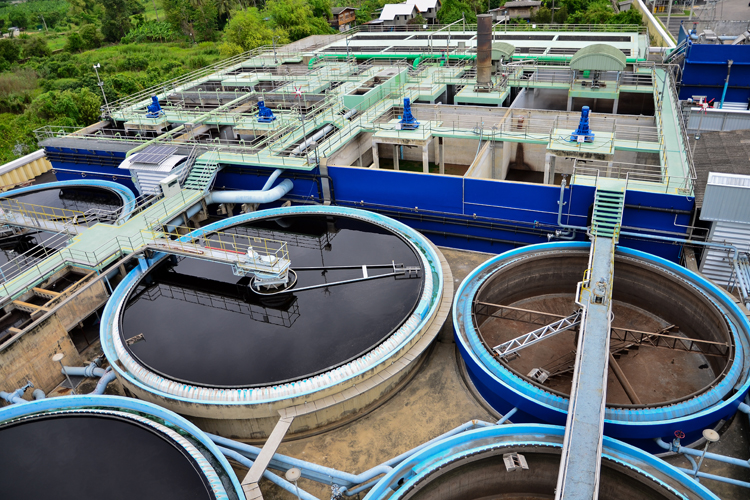Can Sustainable Drainage Design Reduce Microplastics?
13 March 2021

Plastic pollution is an environmental topic that is getting increased coverage and is emerging on the public, scientific, and political agenda. While plastic pollution is often highly visible, with a gratifying before and after picture of any clean-up operation, microplastics pose a significant threat to the ecosystem and often go unchecked. We are now seeing many organisations putting finding ways to reduce microplastics at the forefront of their environmental agendas.
What is a microplastic?
A microplastic is defined as a plastic particle that is less than 5mm in length. While this does not seem that small, most microplastics are often much smaller, in the region of 1–1000 μm (microns). Microplastics are found in growing and significant quantities in the ocean, some sources have estimated that there are as many as 50 trillion microplastic particles in the seas.
How can SuDS reduce microplastics?
SuDS, with their focus on mimicking natural drainage processes, offer opportunities to intercept and capture microplastics present in stormwater runoff. SuDS features like sediment traps, infiltration basins, and retention ponds can act as effective filtration systems, capturing microplastics and preventing them from reaching water bodies. By implementing SuDS as part of urban infrastructure planning, we can reduce the transport of microplastics into water systems, safeguarding aquatic ecosystems and preventing the potential harm they can cause to marine organisms and human health.
In this piece we explores the scale of the issue and how sustainable drainage can help reduce microplastics, focussing on:
- Microplastics in Water
- Road Drainage
- New Developments utilisation of SuDs
- Foul Water Treatment
Read the full article on Microplastics and sustainable Drainage Design





